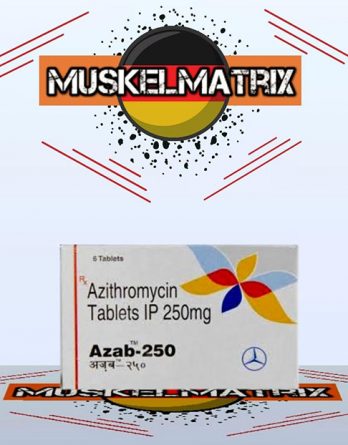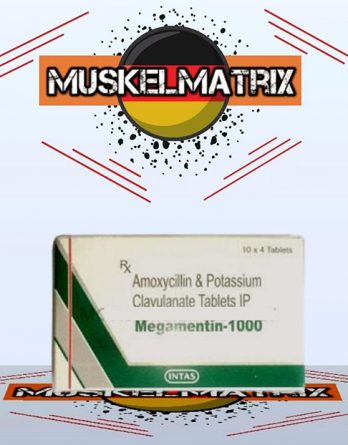Beschreibung
pharmacological effects
Broad-spectrum antibiotic. He is the first member of a new subgroup of macrolide antibiotics – azalids. When involved in inflammation in high concentrations has a bactericidal effect.
Azithromycin to a sensitive Gram-positive cocci: Streptococcus pneumoniae, Str.pyogenes, Str.agalactiae, streptococcal groups and CF G, Staphylococcus aureus, S.viridans; Gram-negative bacteria: Haemophilus influenzae, Moraxella catarrhalis, Bordetella pertussis, B. parapertussis, Legionella pneumophila, H.ducrei, Campylobacter jejuni, Neisseria gonorrhoeae and Gardnerella vaginalis; Some anaerobic microorganisms: Bacteroides bivius, Clostridium perfringens, Peptostreptococcus spp; and Chlamydia trachomatis, Mycoplasma pneumoniae, Ureaplasma urealyticum, Treponema pallidum, Borrelia burgdorferi. Azithromycin is inactive against Gram-positive bacteria resistant to erythromycin.
Azithromycin, indications for use
infections of the upper respiratory and upper respiratory tract, caused by sensitive pathogens: pharyngitis, tonsillitis, laryngitis, sinusitis, otitis media; scarlet fever; infections of the lower respiratory tract: pneumonia (including atypical, the exacerbation of chronic), bronchitis; infections of the skin and soft tissues: erysipelas, impetigo, secondarily infected dermatoses; urinary tract infections: gonorrhea and negonoreyny urethritis, cervicitis; Lyme disease (initial stage – erythema migrans), peptic ulcer and duodenal ulcer, associated with Helicobacter pylori (in combination therapy).
Contraindications
Hypersensitivity reactions (including others. Macrolides), the liver and / or kidney failure, lactation. With care – pregnancy (can be used in cases where the benefits of use are much higher than the risk is always when any drug during pregnancy), arrhythmia (ventricular arrhythmias and a prolongation of the QT interval), children under 16 years of age, children with severe impairment of liver or kidney function.




